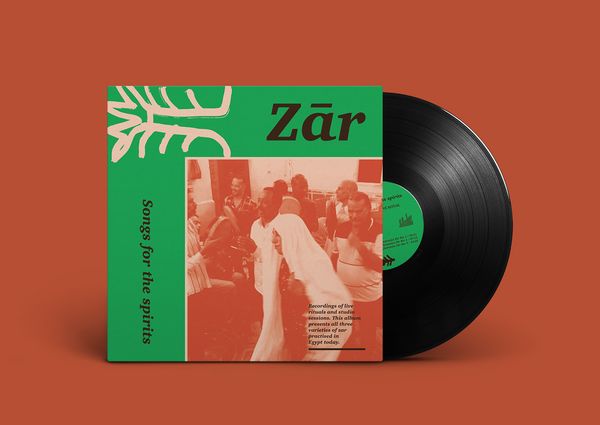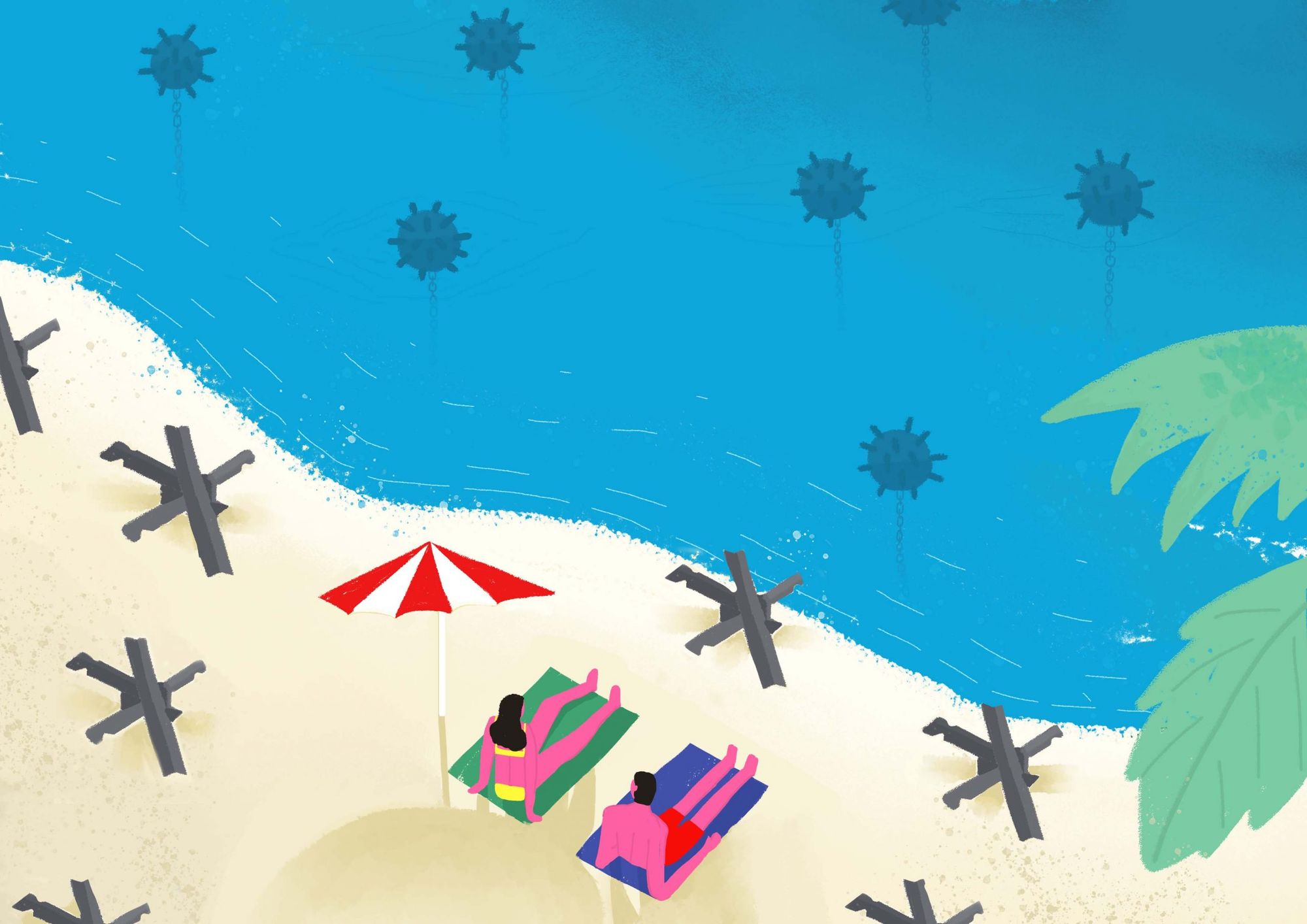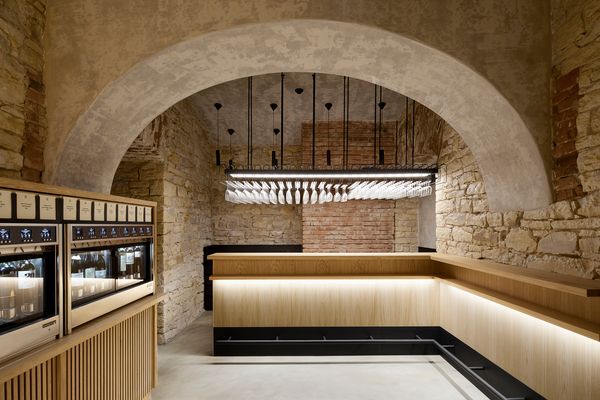European tourism is getting the short end of the stick again. After the Covid-19 pandemic, when it seemed that nothing could stand in travelers’ way, Russia attacked Ukraine. What are the implications of war in this context? Can the current situation lead to a similar backlash as in 2020? Or nothing can stop European tourists now? Analysis from Hype&Hyper.
After the Mediterranean region, Central Europe is the most important area for tourism in Europe; thus, the war’s implications on the holiday season this year are crucial. Croatia is the most popular destination; therefore, they are in the most vulnerable position. Roughly 20% of the country’s GDP comes from the tourism sector, which is one of the highest proportions in Europe.
Nonetheless, after the alarming figures of the first weeks, travelers are now much more optimistic regarding their upcoming holiday plans. According to the European Travel Commission, 77 percent of Europeans plan a trip between April and September 2022, with 56 percent aiming to visit abroad. 38 percent intend to go on a multi-day tour between June and July, and a third between August and September. The study shows that the war has not discouraged travelers at all. For instance, more than eighty percent of Poles want to travel; this high number aligns with the previous years’ results. Travel plans to the countries bordering Ukraine have not decreased either.
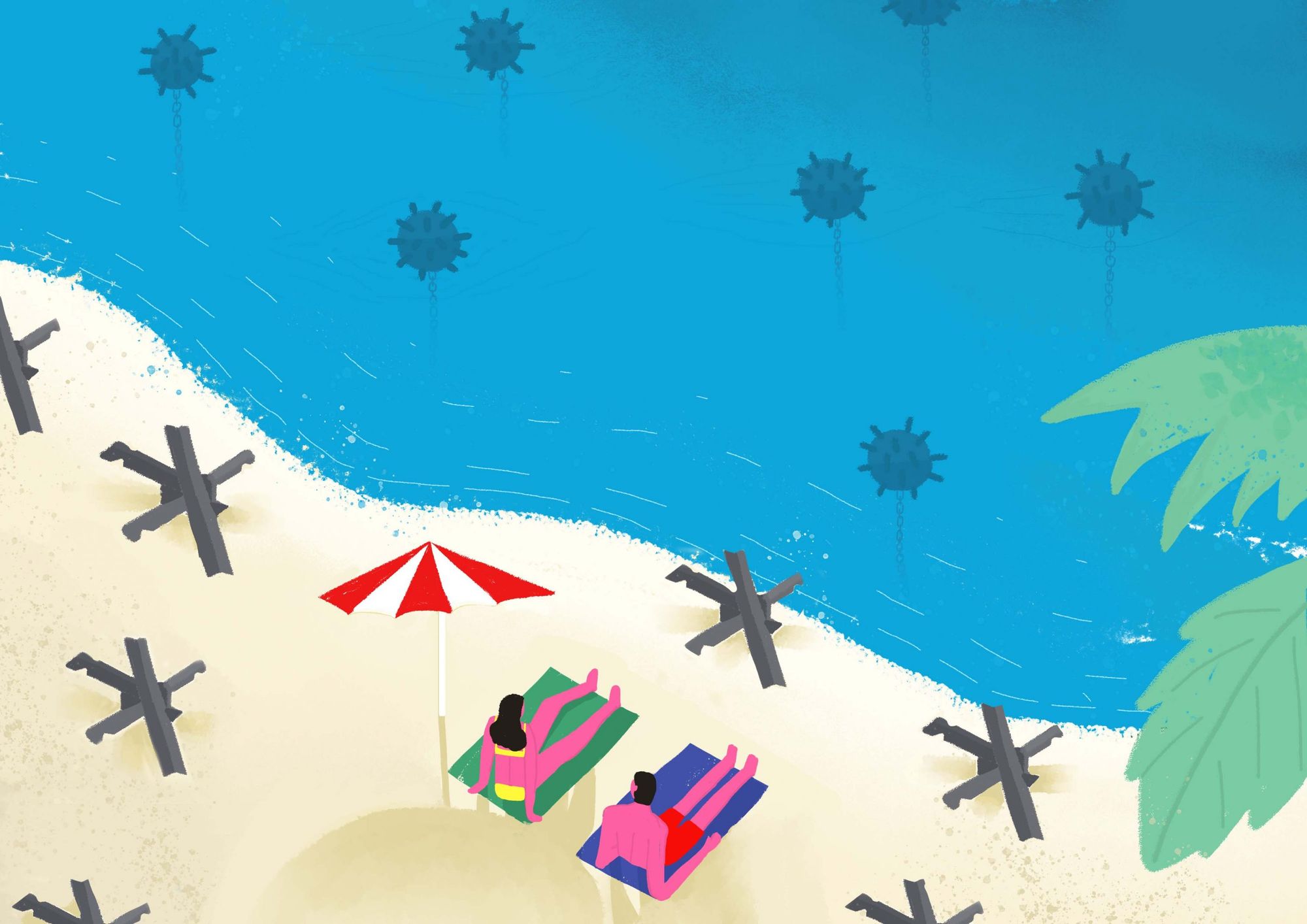
The 13% fall in transatlantic tourism will finally also be more moderate; perhaps there will be no setback at all. Obviously, there will be no crowds in the famous Russian tourist destinations, such as Moscow or Saint Petersburg. But it seems the further west a country is, the less impact the current war has on its tourism. Moreover, for American tourists, Central and Eastern Europe has never been a primary destination but rather a place for eccentric adventure tours.
Therefore, the main problem of 2022 will not be the war anxiety that hinders traveling. The impact of the war on the energy industry, supply chains, and the closure of airspaces is more worrisome. In addition to the rising heating expenses and fuel prices, which cut Europeans’ budgets, airlines have to deal with higher energy prices. Hotels also face higher maintenance costs because of gas bills, continuously rising food prices, and inflation.
Still, according to the forecasts, the propensity to travel will increase compared to the last year. This is because we have learned to live with the pandemic, and despite the war, there are fewer restrictions than in 2021.
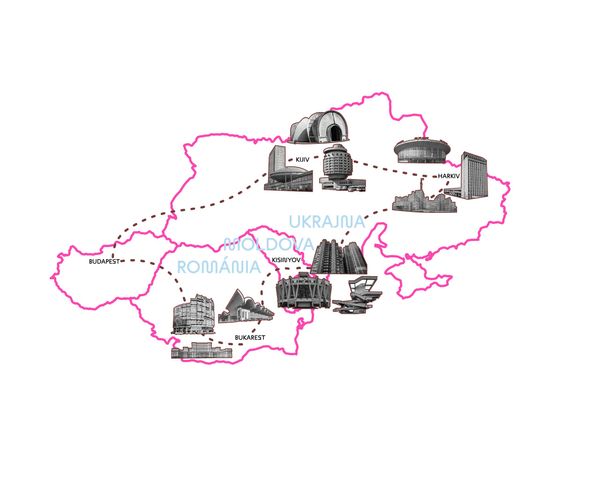
Girls, scan the city fabric! | Tripping on Modernist Monuments
